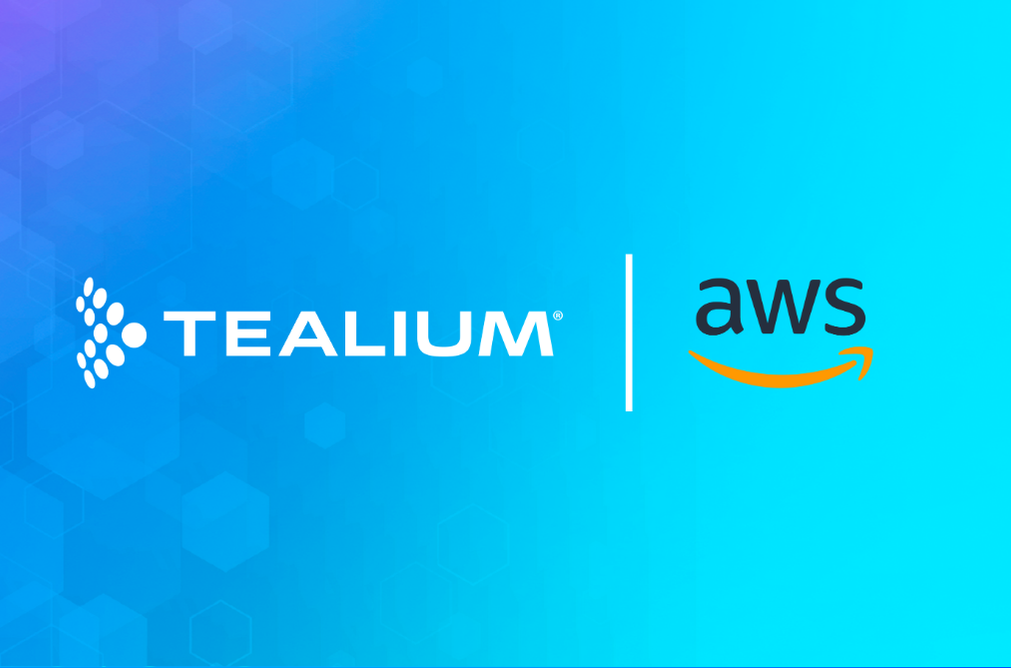Here’s something nobody tells you about enterprise machine learning: your models are making billion-dollar predictions based on what happened in your data warehouse yesterday, while ignoring what’s happening in your customer’s browser or in your app right now.
Most data science teams are training on transactional data. Purchase history. CRM records. Support tickets. It’s clean, it’s structured, but it’s unfortunately incomplete.
The behavioral layer (the 47 product page visits before a purchase, the checkout abandonment at the shipping calculator, the two-minute pause on your pricing comparison table) lives in your CDP. Unlabeled, unstructured, and utterly invaluable.
Here’s what I mean.
Your data warehouse knows a customer bought a premium checking account. Tealium knows they compared overdraft protection five times, toggled between mobile and desktop, and hesitated for 18 minutes on the fee disclosure page.
One is a label. The other is a story. And stories train better models.
The Labeling Architecture (Or: How to Make Unlabeled Data Actually Useful)
Think of your CDP as a labeling factory. Raw behavioral events flow in. Intelligent labels flow out. But here’s the contrarian take: you don’t need data scientists to create those labels. Not initially at least.
Start with rule-based badges in AudienceStream. “High-intent” if someone views a product three times in seven days. “Price-sensitive” if they filter by lowest cost twice. “Comparison shopper” if they open spec sheets for competing models.
These aren’t sophisticated. That’s the point.
They’re weak labels, noisy but directional. And they give your ML models a starting point.
Then the magic happens. Your models learn that “high-intent” isn’t just about view frequency. It’s about which products, the time between sessions, device-switching patterns, and fifteen other variables your rule-based logic couldn’t capture.
The model refines the labels. You retrain. The cycle continues.
Use Case Example 1: Financial Services Fraud Detection
A major bank’s fraud detection system is drowning in false positives. Their model relies entirely on transaction data: amounts, merchant types, locations, timestamps.
We can add Tealium’s behavioral layer with simple rule-based badges: “device_switcher,” “rapid_navigation,” “location_anomaly.”, or serve the raw events directly to a ML system.
The insight we can get? Legitimate customers and fraudsters had completely different pre-transaction browsing patterns. Real customers research merchants, check balances repeatedly, toggle between accounts.
By adding those 20 minutes of behavioral context before the transaction, the model learns to distinguish genuine customers from bad actors based on journey patterns, not just transaction characteristics.
Use Case Example 2: Airline Booking Intent Prediction
A flight carrier wants to predict which users would actually book within seven days. Their model uses historical booking data with decent results, but missed a critical dimension: the sequence of search behavior.
We can create Tealium attributes capturing:
- Search refinement patterns (generic → specific → date-focused)
- Flex date exploration behavior
- Ancillary service preview clicks
- Email engagement between sessions
- Mobile app “checking” behavior (opens without searches)
The ML model discovers that specific combinations of behaviors were predictive. Flexible date searches combined with baggage fee previews signaled imminent booking with high confidence.
The difference? Transactional data tells you “they booked.” Behavioral data tells you “they’re about to book, and here’s what matters to them”, enabling dynamic pricing and inventory decisions based on intent, not just history.
The Unexpected Analogy
Training ML models on transactional data alone is like teaching a chef by only showing them finished dishes. Sure, they’ll learn what a croissant looks like. But they’ll never understand the lamination technique, the butter temperature, or why that 18-hour cold fermentation matters.
Behavioral data is the technique. The warehouse is the photograph. You need both.
Why This Matters for GenAI (And Why Everyone’s Getting It Wrong)
Here’s where it gets even more interesting. Everyone’s racing to implement RAG (Retrieval-Augmented Generation) systems on their customer data. Great idea. Terrible execution.
Most implementations pull from structured databases: CRM fields, purchase histories, support transcripts. The GenAI agent can tell you a customer bought Product X on Date Y.
But can it understand that the customer spent 40 minutes reading documentation about a feature that doesn’t exist in Product X, then searched for “Product X vs Product Y” three times, then abandoned their cart when they saw shipping costs?
That behavioral context lives in Tealium. It’s unlabeled. And it’s worth a lot.
This is where the hybrid approach becomes critical. Use rule-based badges to create semantic meaning from behavioral sequences. Feed those labeled sequences into your GenAI context window. Now your AI agent doesn’t just know what happened: it understands intent.
A customer service bot that can say, “I see you were comparing our premium plan features yesterday. The specific feature you were researching is available in our Business tier,” is exponentially more valuable than one that says, “You currently have our Standard plan.”
Same data source. Different labeling strategy.
The Three-Layer Architecture You Need
- Layer 1: Raw behavioral collection (Tealium EventStream)
Every click, scroll, search, hover, purchase, login… - Layer 2: Rule-based labels (Tealium AudienceStream badges and attributes)
Business logic creates initial meaning. “High-intent.” “Price-sensitive.” “Support-seeking.” - Layer 3: ML refinement (Your model layer)
Learn patterns beyond rule logic. Outputs probability scores, next-best-action recommendations, churn risk.
Feed Layer 3 outputs back into Layer 2 as enrichment data. Your CDP becomes a self-improving labeling system.
What You Should Do Monday Morning
- First: Audit what behavioral data you’re already collecting but ignoring. Session depth, search terms, content engagement, navigation paths. It’s there. You’re just not using it. Yet.
- Second: Create five rule-based Audiences in AudienceStream this week. Don’t overthink it. “Engaged visitor” (5+ page views per session). “Product researcher” (viewed product pages + reviews), “Purchaser”. Start somewhere.
- Third: Send one month of badged profiles to your data science team. Train a baseline model. Compare performance against your transactional-only model.
- Fourth: If you’re implementing GenAI agents, include behavioral context in your retrieval strategy. Customer intent is behavioral, not transactional.
The Bottom Line
Your transactional data tells you who your customers are. Your behavioral data tells you who they’re becoming.
One is a snapshot. The other is a trajectory. And trajectories are what ML models predict.
The companies winning with AI are the ones who figured out how to label the messy, unstructured, incredibly valuable data flowing through their different channels and devices every second.
Tealium isn’t just a tag management system or a customer data platform anymore. It’s a labeling factory for the behavioral layer your models are missing.
Stop starving your models. Feed them the full story.








